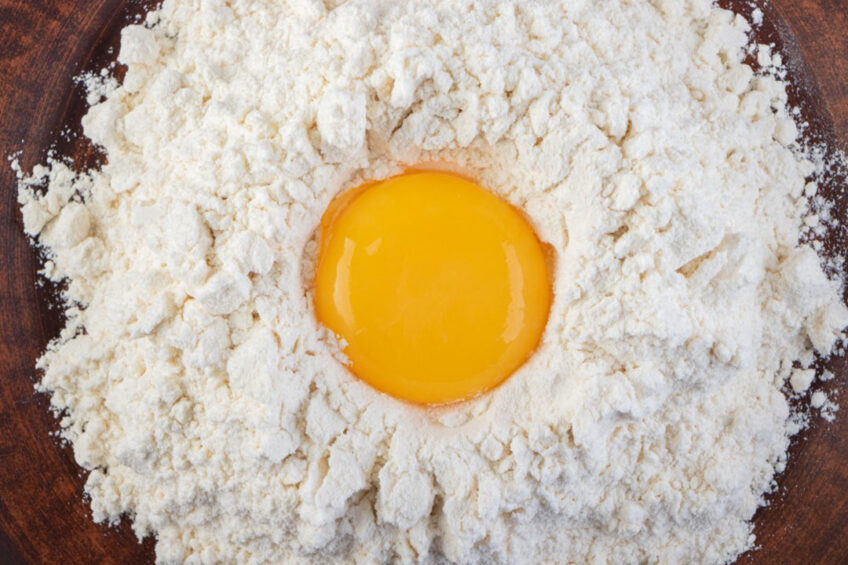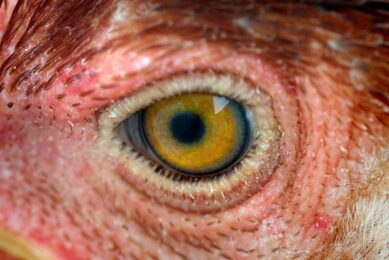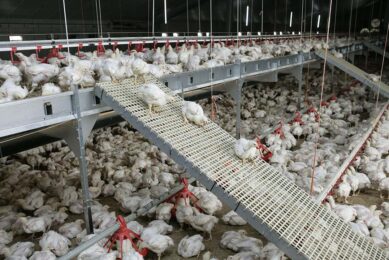Plant-based alternatives to egg whites explored

Researchers believe that fungus-produced albumin, or ovalbumin, could be a realistic alternative to layer egg white powder.
The Future Sustainable Food Systems research group based at the University of Helsinki, Finland, have been looking at the prospect of cellular agriculture, also known as precision fermentation. The technique offers a way to separate the production of high-protein products from animal farming by relying on a microbial production system to produce specific proteins instead.
Demand for 1.6 million tonnes annually
At present, layer egg white powder is a common ingredient used in the food industry and valued for its high protein content. Around 1.6 million tonnes was consumed in 2020, and the value is expected to rise in the years to come. But the growing demand raises questions about the sustainability of rearing chickens for egg production in light of the links to greenhouse gases and its contribution to biodiversity loss and deforestation stemming from feed intake.
Fungus vs chicken egg white production
The scientists conducted an anticipatory life-cycle assessment using data from a pilot study to compare the impacts of the fungus Trichoderma reesei (Tr-OVA) production with an equivalent functional unit of dried chicken egg white protein produced in Finland, Germany and Poland.
The research found that Tr-OVA production reduced most agriculture-associated impacts, such as global warming and land use. Increased impacts were mostly related to industrial inputs, such as electricity production, but were also associated with glucose consumption.
Switching to low-carbon energy sources could further reduce environmental impact, demonstrating the potential benefits of cellular agriculture over livestock agriculture for OVA production.
Using the gene carrying the blueprints for ovalbumin
Commenting on the research, Dr Emilia Nordlund, co-partner VTT Technical Research Centre of Finland, said that more than half of the egg white protein content is ovalbumin: “VTT has succeeded in producing ovalbumin with the help of the filamentous ascomycete fungus Trichoderma reesei. The gene carrying the blueprints for ovalbumin is inserted by modern biotechnological tools into the fungus, which then produces and secretes the same protein that chickens produce. The ovalbumin protein is then separated from the cells, concentrated and dried to create a final functional product.”
Read also: New plant-based liquid egg patented
Reduced land use requirements by almost 90%
Natasha Jarvio from the University of Helsinki told EuropeanScientist.com that it was important to consider multiple factors: “For example, these cell-cultured products don’t rely on land but need more electricity than ordinary eggs, which means the type of energy uses has a major impact on the final product. According to our research, this means that the fungus-produced ovalbumin reduced land use requirements by almost 90% and greenhouse gases by 31-55% compared to the production of its chicken-based counterpart. In the future, when production is based on low carbon energy, precision fermentation has the potential to reduce the impact even by up to 72%.”
The research is published in the journal Nature Food – Ovalbumin production using Trichoderma reesei culture and low-carbon energy could mitigate the environmental impacts of chicken-egg-derived ovalbumin
Join 31,000+ subscribers
Subscribe to our newsletter to stay updated about all the need-to-know content in the poultry sector, three times a week. Beheer
Beheer








 WP Admin
WP Admin  Bewerk bericht
Bewerk bericht